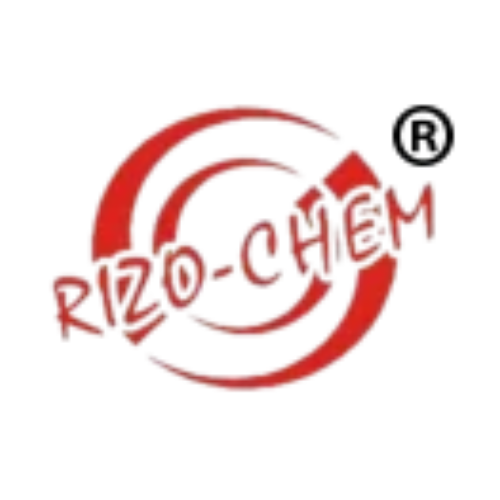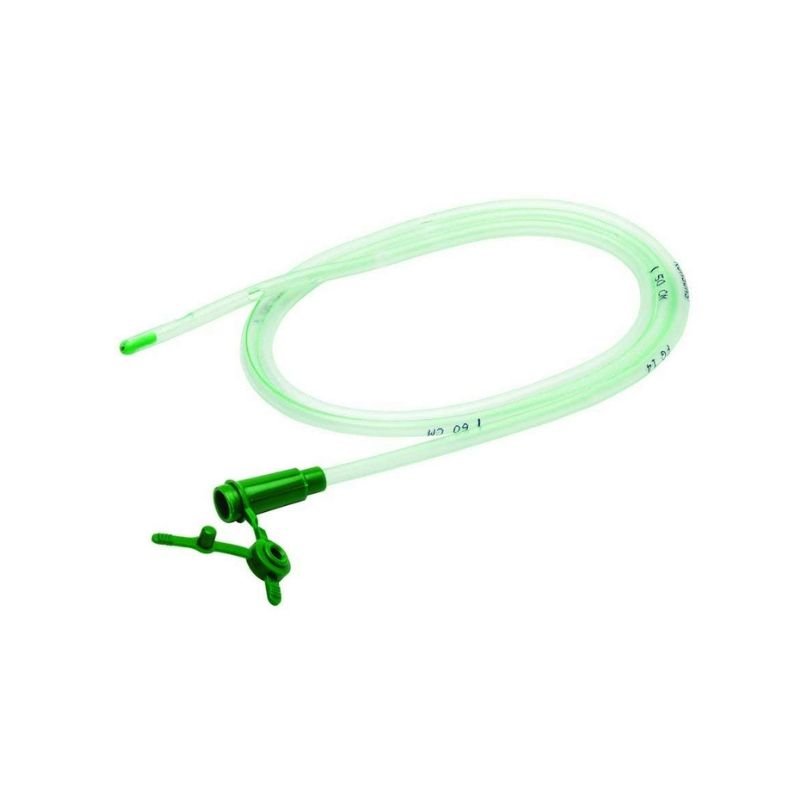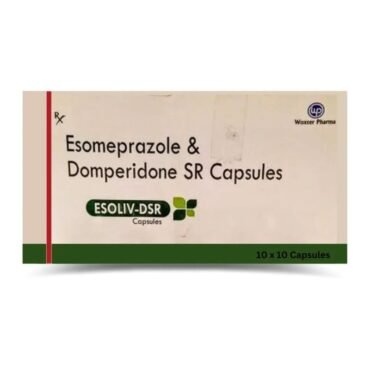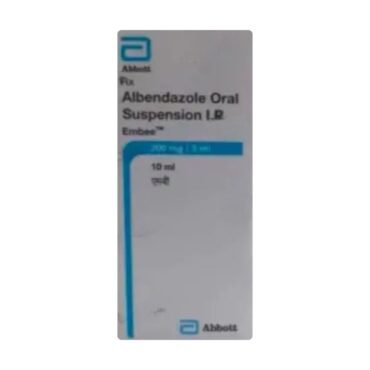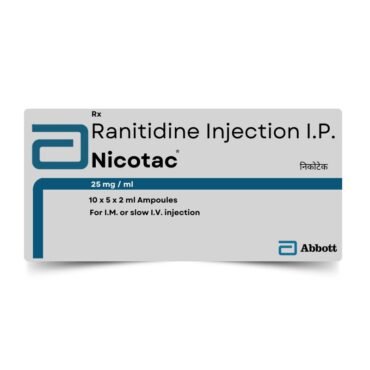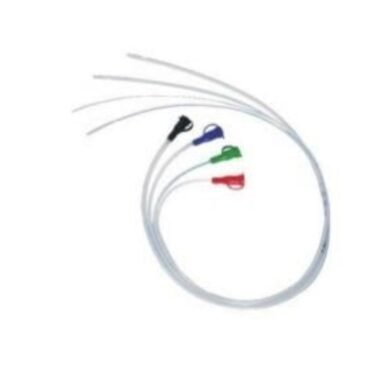Ryles Tube
Trade Name: Generic
Presentation: Ryles Tube
Get the best price and availability for bulk orders—contact us now!
What is the purpose of Ryles Tube?
Ryles It is a single-use polyvinyl chloride tube that can be used for both treatment and diagnosis. It is mostly utilised for feeding in patients with PEM, comatose patients, and lower cranial nerve palsies. In cases of poisoning, stomach lavage is another usage for it.
Exactly why is a Ryles Tube used?
The goal of inserting a Ryles is:
In instances of harming, nasogastric yearning is likewise used to eliminate the gulped noxious fluid and to gather gastric fluid examples for testing.Ryles are used for feeding, giving medications, and giving oral substances like activated charcoal.
What size is a Ryles?
for the nasogastric insertion of food and intestinal secretion aspiration. Intubation is made simple by the surface’s smoothness and low friction. Soft, frosty, kink-resistant PVC tubing with markings 50, 60, and 70 centimetres from the tip to ensure precise positioning.
Which two nasogastric tubes types are there?
- the correct diameter of the nasogastric tube. The single-lumen Levin and double-lumen Salem’s sump NG tubes are the two most widely used varieties.
- The double-lumen sump tube is suitable for continuous lavage or irrigation of the stomach,
- whereas the single-lumen tubes are best for decompression.
A Ryles tube can be inserted for how long?
As long as about a month and a half can be enjoyed on enteral taking care of with the utilization of a nasogastric tube. Dissimilar to PVC tubes, which must be utilized for as long as about fourteen days, polyurethane or silicone taking care of cylinders are unaffected by gastric corrosive and can remain in the stomach for a longer amount of time.
Does Ryles hurt?
What to anticipate Even though installing an NGT is a quick procedure and painless, it is not a pleasant experience. Taking paracetamol or other painkillers won’t make the agony go away. For both you and your child, it will be easier if you are aware of what will take place throughout the process.
How can I verify the position of my Ryles tube?
Techniques for verifying NG tube location
‘Whoosh’ test: auscultation of air insufflated through the feeding line
Using blue litmus paper, determine the aspirate’s acidity or alkalinity.
assuming that the lack of respiratory discomfort indicates proper placement.
keeping an eye on the tube’s end bubbling.
Discover this unique product: Ciprofloxacin 500 mg tablets from our anti-cancer range.
We are a trusted pharmaceutical exporter based in India, supplying high-quality medicines to countries around the world, including the UAE, Oman, Qatar, Myanmar, Saudi Arabia, the Netherlands, Albania, Saint Lucia, Jordan, Romania, South Africa, and many more.
